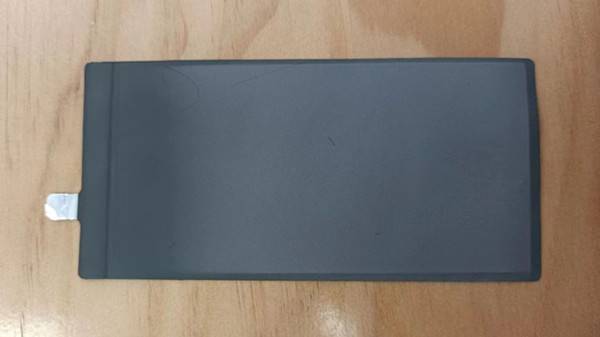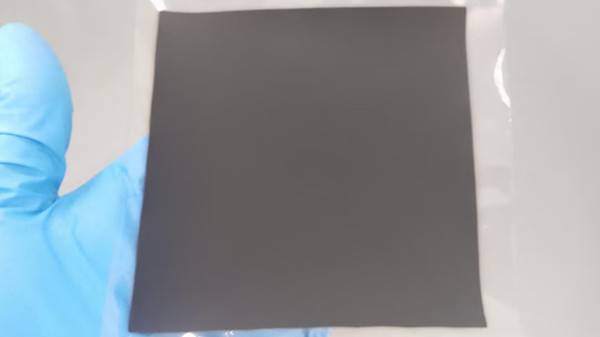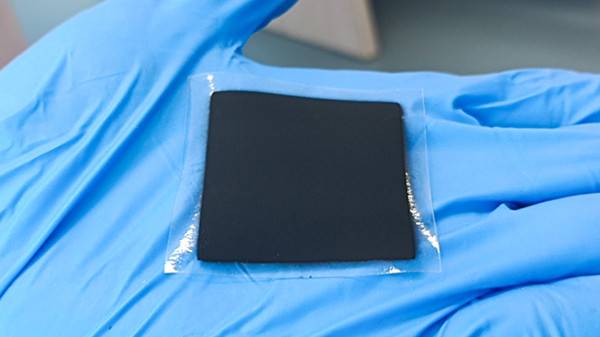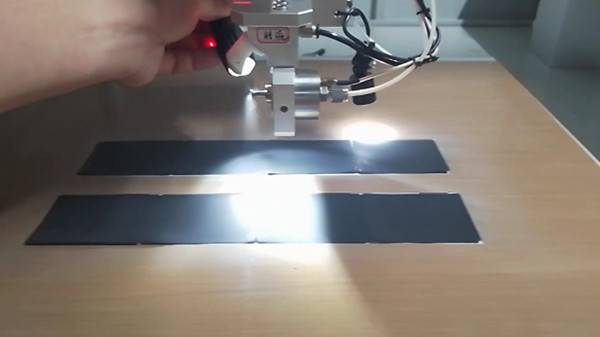AEM Water Electrolysis Anode Catalyst Details
Since the beginning of the twentieth century, the anodic oxygen evolution reaction (OER) has become the focus of many research papers. Compared with the acidic hydrogen evolution reaction (HER), the electrochemical activity of OER is significantly weaker. This difference can be clearly seen by comparing the exchange current densities (ECDs) of the two, that is, the intrinsic activity at zero net current density. It is estimated that under acidic conditions, the exchange current density of OER is only 1×10⁻⁴mA/cm², while HER is as high as 1mA/cm². The emergence of PEM technology in the 1960s has made this topic even more popular, because these ECDs constitute a serious kinetic limitation, which greatly restricts the efficiency of PEM electrolyzers and fuel cells.
Entering alkaline conditions, the situation is reversed. Those OER catalysts that are prone to rapid corrosion and dissolution in acidic environments show activity and stability in alkaline electrolytes. Moreover, the difference in ECDs between OER and HER in alkaline environments is significantly reduced compared to acidic conditions, which means that the research work is more balanced when studying these two reactions in alkaline electrolytes.
Today, new alkaline oxygen evolution reaction catalysts almost completely abandon precious metals (PGMs). As the use of elements such as cobalt and vanadium in the production of batteries and consumer electronics continues to rise, their scarcity has become increasingly prominent, and these new catalysts are gradually reducing their dependence on critical raw materials (CRMs). Currently, the most widely studied alkaline oxygen evolution reaction catalyst materials include iron, nickel, cobalt, manganese and chromium, and usually exist in the form of bimetallic or ternary combinations. One or more of the above elements, often combined in the form of spinel, perovskite and general oxides, show good activity and stability under alkaline conditions.
Nickel-iron catalyst materials are one of the most common OER materials. For example, the 3D-NiFe-LDH film generated on nickel foam/nickel mesh by hydrothermal method (a method of preparing materials by dissolving and recrystallizing powders in a sealed pressure vessel with water as solvent) showed excellent activity. This is because LDHs are converted into NiOOH in situ, which is the active phase of OER. Under ambient conditions, its stability was tested by time-varying potentiometer, and it still maintained 97.8% activity (-3.30mV/h) during the 10-hour test. This is due to the strong bonding between the catalyst and the substrate, and even ultrasonic treatment cannot cause the catalyst film to fall off. Although NiOOH may be the active phase of NiFe catalyst materials during OER, the study found that the incorporation of iron plays a vital role in OER activity.
The activity of chemically reduced Ni₁₀₀₋ₓFeₓ/50wt.% CeO₂ (x = 0, 5, 10, 20, 40 at.%) peaks at Ni₈₀Fe₂₀/50wt.% CeO₂, due to the fusion of iron and NiOOH species. However, further increasing the iron content produces a less active iron-rich separated phase. The researchers conducted an in-depth study on the activity of NiFe catalysts, and nanoscale NiFe LDHs in nitrogen-doped graphene frameworks (NGFs) showed potential in alkaline OER.
By comparing the oxidation peaks corresponding to the nickel (II)/nickel (III) redox and the corresponding LSV curves, it can also be determined that NiOOH is the source of OER activity. Under conditions of about 15mA/cm², a 3.3-hour constant current potential polarization test was carried out, and based on the LSV curve data measured before and after, its degradation rate was determined to be 3.57 mV/h, thereby clarifying its stability. Although the activity peak was identified in nickel-iron layered double hydroxides (LDH) with an iron content of 20-25 at.%, the associated stability has been questioned. However, the higher the iron content, the higher the stability, even under harsh square wave potential cycling conditions. A different Ni-Fe LDH material showed excellent activity and durability when the iron content approached 50 at.%. This Ni-Fe LDH electrode was generated by etching the iron substrate in a nickel salt solution, and the resulting Ni-Fe LDH film maintained activity and durability for more than 5000 hours at 1.0 mA/cm². Such excellent durability is due to the stable LDH, which can serve as both a protective film for the iron substrate and an active catalytic layer. Similar to the NiFe catalyst, varying the iron content in several WₓCoᵧFe₁₋ₓ₋ᵧ/NF catalysts resulted in W₀.₅Co₀.₄Fe₀.₁/NF, which showed good activity and stability for OER. The addition of iron reduced the degree of cobalt oxidation and optimized the binding energy of OER intermediates, thus improving the kinetics of OER. The stability at 20mA/cm² for 504 hours as measured by electrochemical impedance spectroscopy was likely due to the presence of Fe, which suppressed the typical stability issues associated with Co oxidation. In recent years, the use of heteroatoms (such as B, S, N, and P) as dopants to modify the electronic structure of transition metals has also shown promising potential, such as the Ni₂Fe₈ – Ni₂S₃/NF catalysts.
The Ni₂Fe₈ – Ni₂S₃/NF catalyst performs well with little degradation over 300 hours of operation while maintaining the relevant current density (j≥1.0mA/cm²). XPS and XRD analysis after stabilization show that S seeps out of the surface oxide layer but remains stable inside the material, allowing the material to maintain both activity and stability. Other transition metals can also be used in combination with LDHs, among which CoFeCe₀.₅ has achieved remarkable results. The interface between CoFe LDHs and CeO₂ improves the OER activity by changing the rate determining step (RDS) by reducing the OH⁻ adsorption energy, making the OER kinetics smoother. Using multi-interface materials to reduce the energy barriers associated with RDS is a common method for making composite reaction catalyst materials.
To this end, V-doped CoCOₓ was synthesized on nickel foam (NF) and exhibited oxygen evolution (OER) and hydrogen evolution (HER) activity in alkaline electrolytes. V doping changes the electronic structure of CoCO, bringing the d-band closer to the Fermi level and significantly improving the OER activity. Another example involving V and Co is the addition of P, which results in a catalyst material that is extremely effective for both OER and HER. A series of V – CoP catalysts were developed by adjusting the current density used during the electrodeposition process. All catalysts had the same intrinsic OER activity (η@20 mA/cm²), indicating that the electrodeposition current density helps to tune the mass transport properties. The highly porous structure caused by the high current density electrodeposition process allows the electrode to efficiently handle large currents during oxygen evolution, prompting the rapid detachment of bubbles from many active sites. However, the relatively high degradation rates found in some studies may be related to the short stability measurement time. Similar catalyst materials based on NiFe LDHs have also shown comparable performance.
In general, the basic composition of alkaline OER catalyst materials is mainly various combinations of nickel and iron. Currently, stability testing is mostly carried out in alkaline electrolytes, but there is increasing interest in how to improve the activity of catalysts in deionized water. This is consistent with the need to use deionized water as an electrolyte for alkaline water electrolysis. If non-PGM materials can be used to achieve acceptable performance in deionized water systems (E≤2V, j≥10A/cm², T≥50°C), then PEM-based water electrolysis technology may be replaced.
The difficulty of developing a material that is catalytically active in an initially ion-free analyte has in many cases prompted people to redouble their efforts to develop CRM-free catalyst materials for KOH electrolyte environments. In this regard, stainless steel has recently shown good OER activity in alkaline electrolytes due to its low price, widespread production and wide application. Therefore, the current trend is to use stainless steel GDL as both GDL and OER catalyst.
In the preparation of anode catalyst materials for AEM water electrolysis, Cheersonic ultrasonic spraying technology has unique application advantages. Traditional catalyst coating methods often make it difficult to ensure the uniform distribution of catalyst materials on the electrode surface, which easily leads to problems such as agglomeration and affects catalytic activity. The Cheersonic ultrasonic spraying technology uses the high-frequency vibration of ultrasound to atomize the anode catalyst material slurry into extremely small and uniform droplets. When spraying catalyst materials such as nickel iron onto the electrode substrate, the thickness and uniformity of the coating can be precisely controlled. By precisely adjusting the spraying parameters, it can ensure that the catalyst is evenly covered on the electrode surface, greatly improving the utilization rate of the catalyst and exposing more active sites, thereby significantly enhancing the catalytic activity of the anode. In addition, this technology allows the catalyst to be more closely integrated with the electrode substrate, effectively improving the stability of the catalyst in the complex working environment of AEM water electrolysis, and reducing the catalyst shedding caused by vibration, electrolyte scouring and other factors, providing strong support for the efficient and stable operation of AEM water electrolysis technology, and helping it to achieve greater breakthroughs and applications in the field of hydrogen production.
About Cheersonic
Cheersonic is the leading developer and manufacturer of ultrasonic coating systems for applying precise, thin film coatings to protect, strengthen or smooth surfaces on parts and components for the microelectronics/electronics, alternative energy, medical and industrial markets, including specialized glass applications in construction and automotive.
Our coating solutions are environmentally-friendly, efficient and highly reliable, and enable dramatic reductions in overspray, savings in raw material, water and energy usage and provide improved process repeatability, transfer efficiency, high uniformity and reduced emissions.
Chinese Website: Cheersonic Provides Professional Coating Solutions





